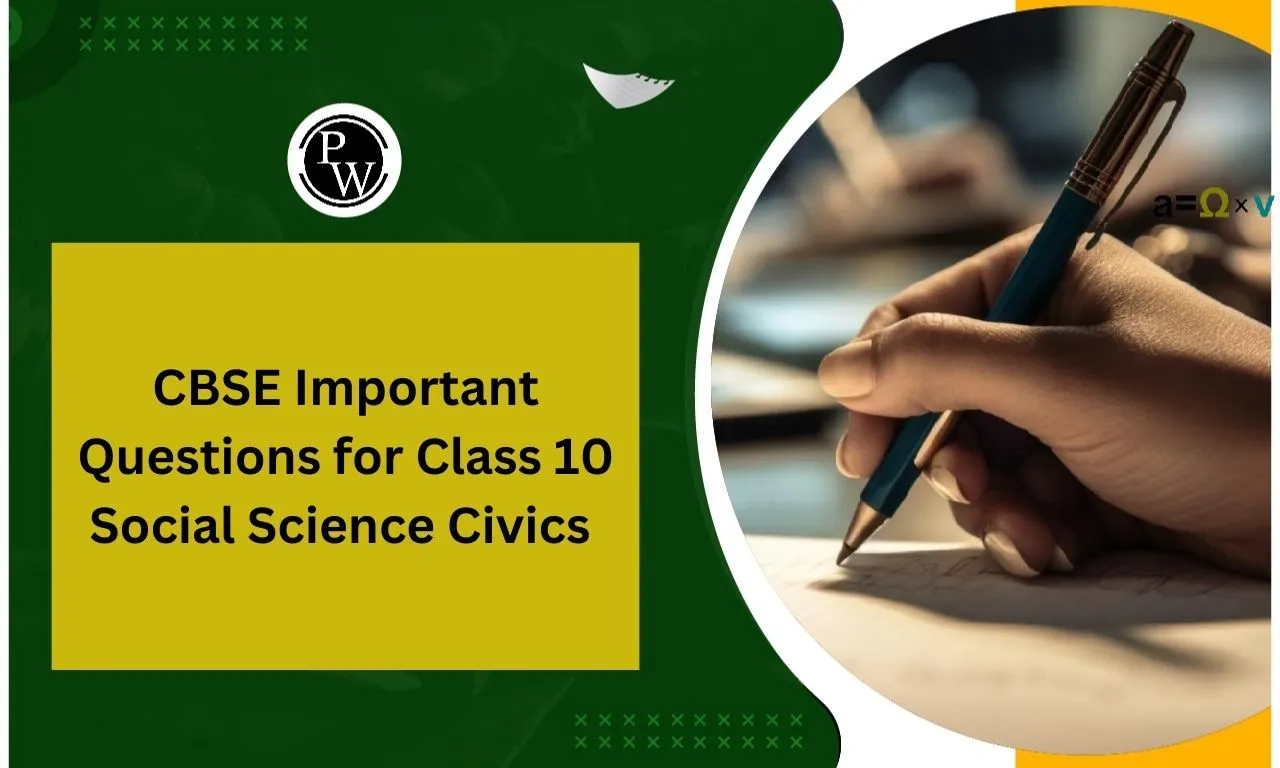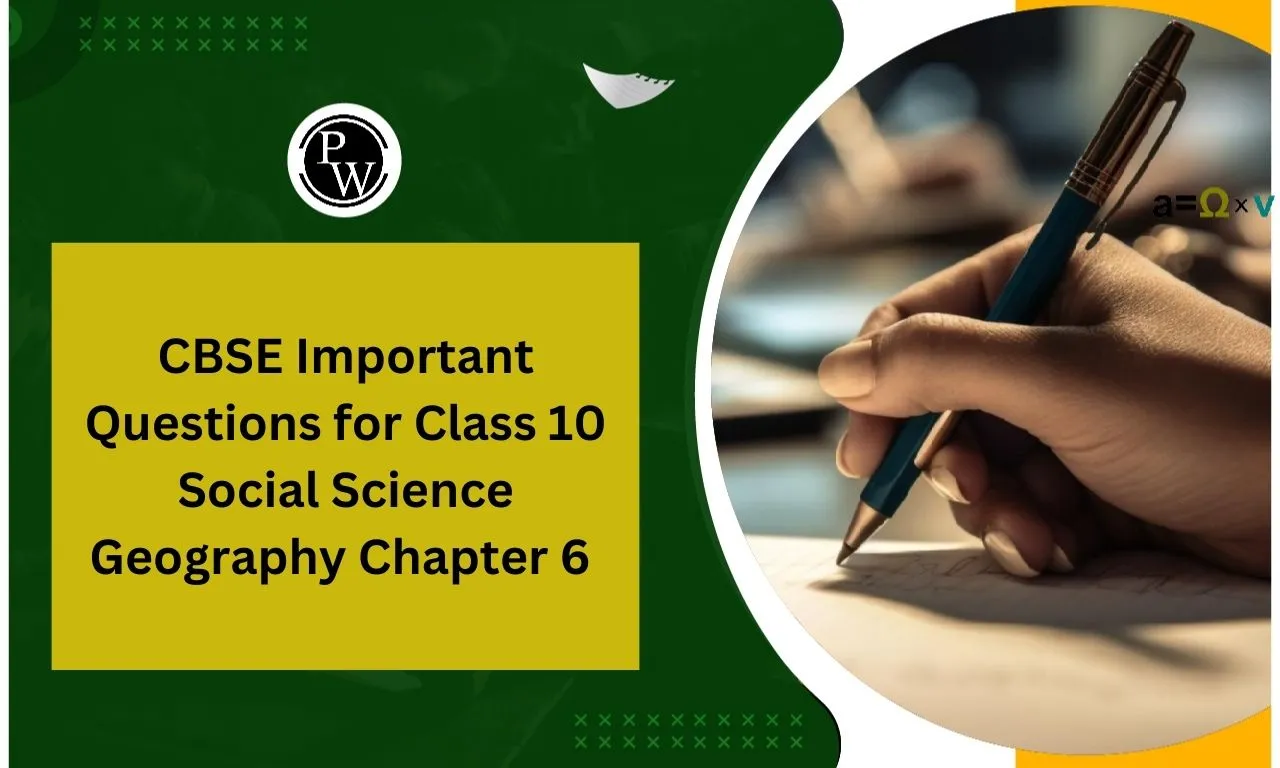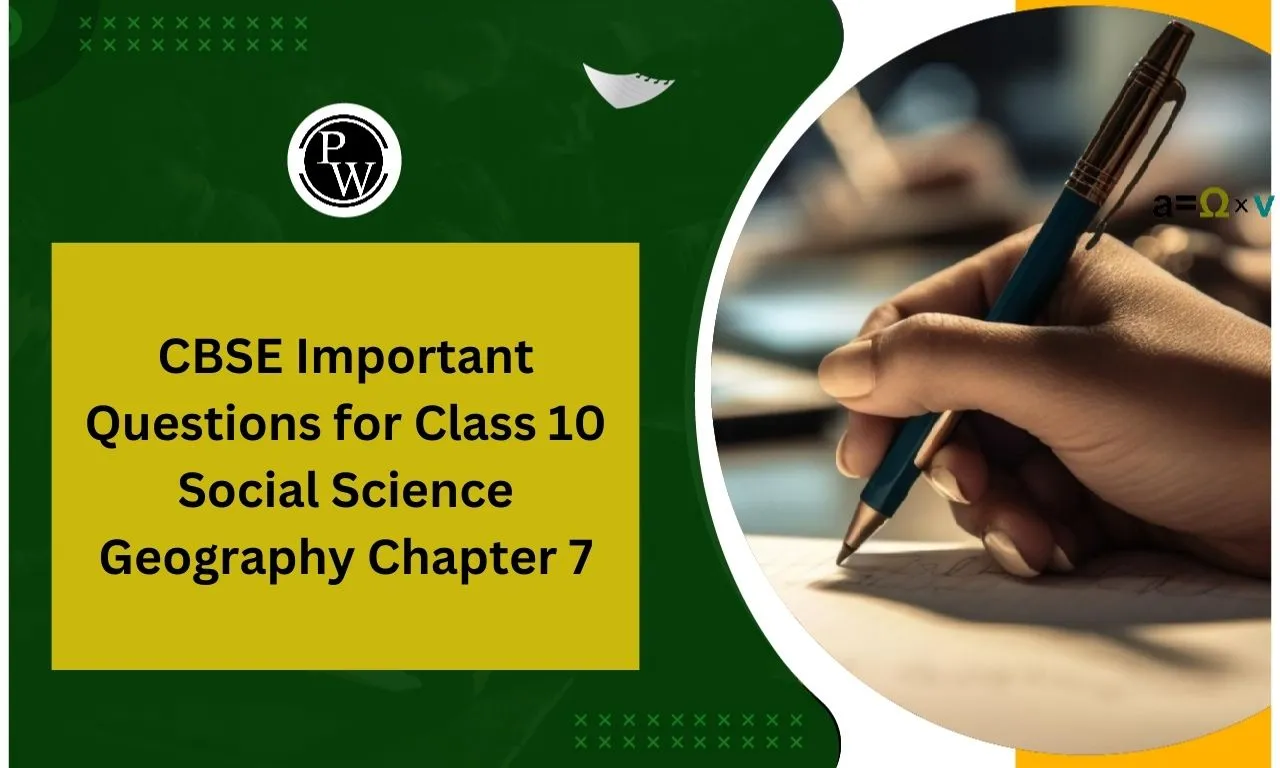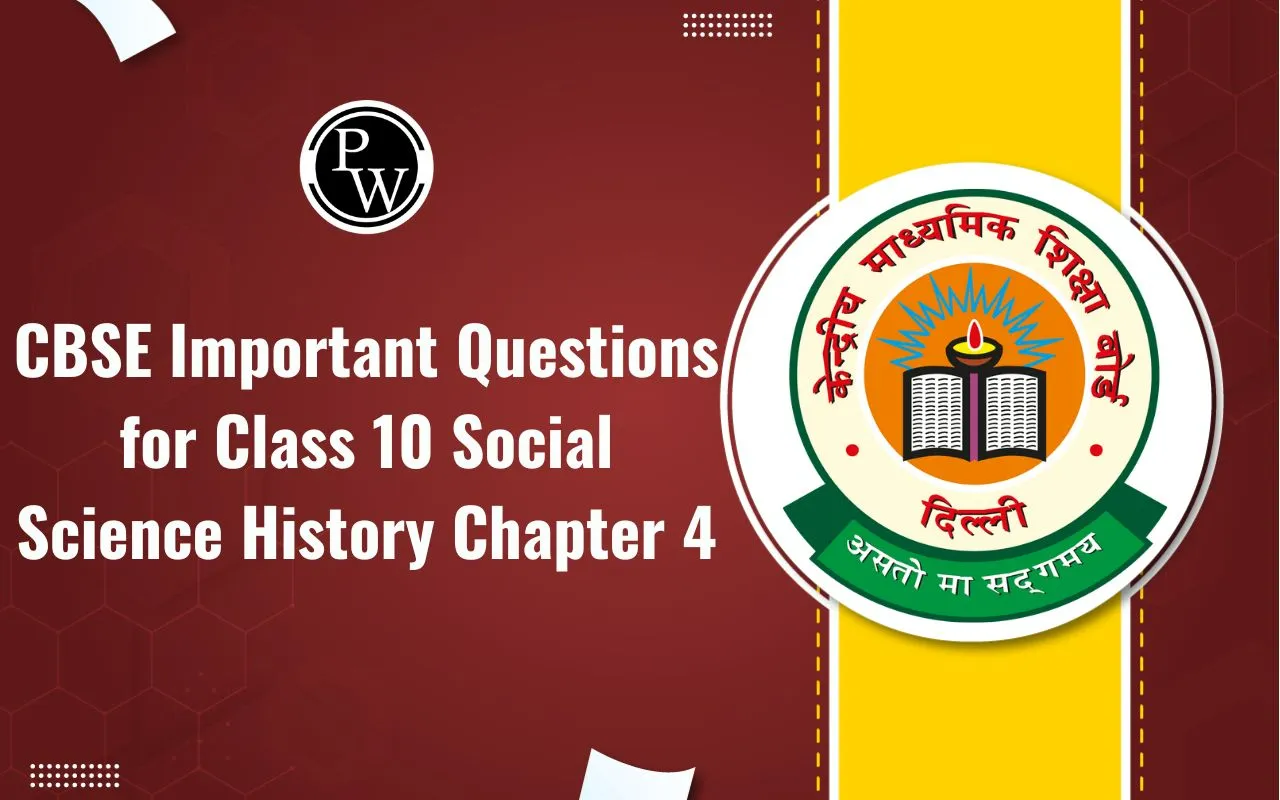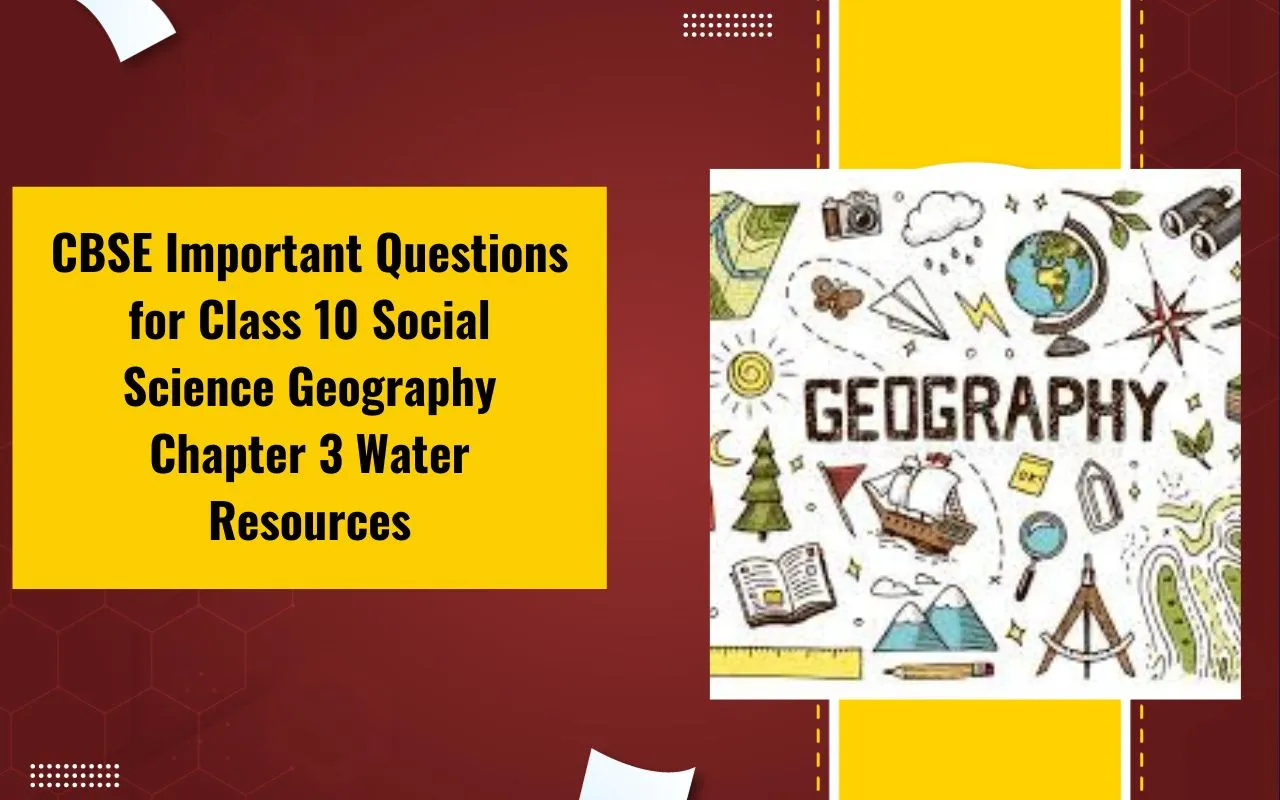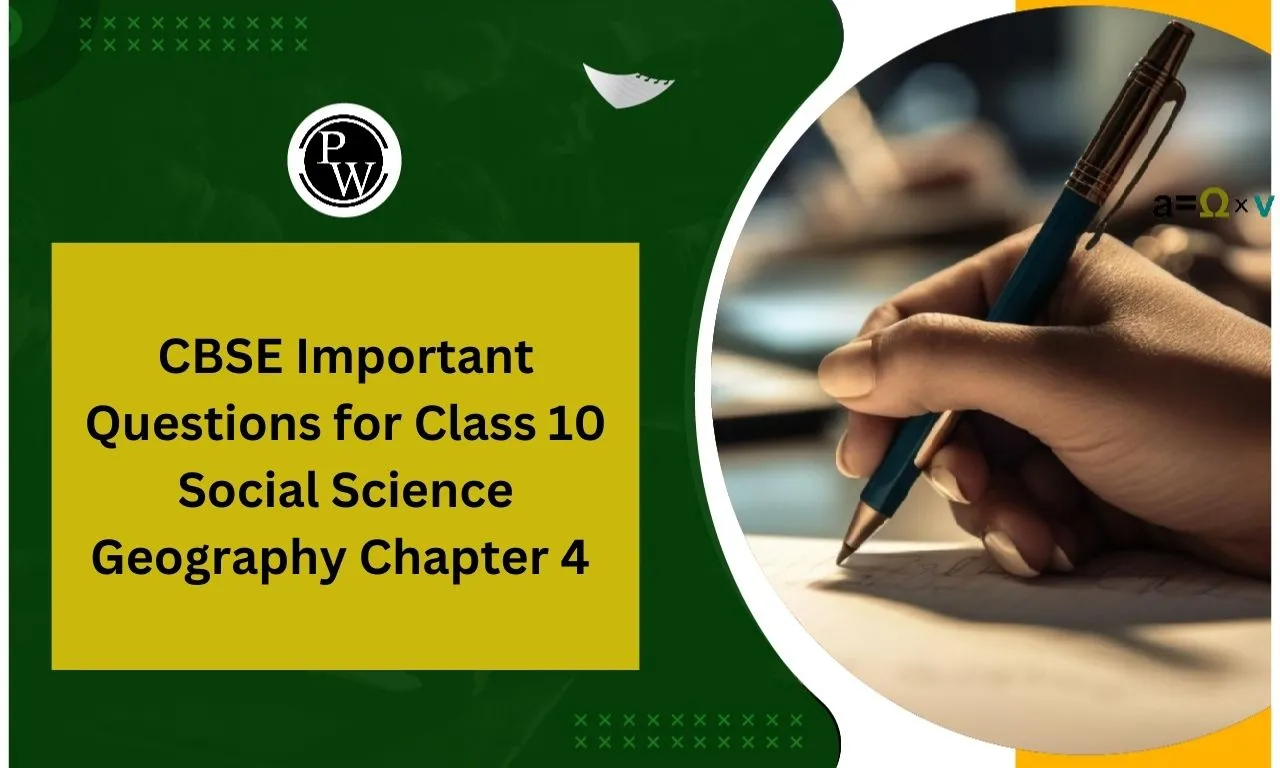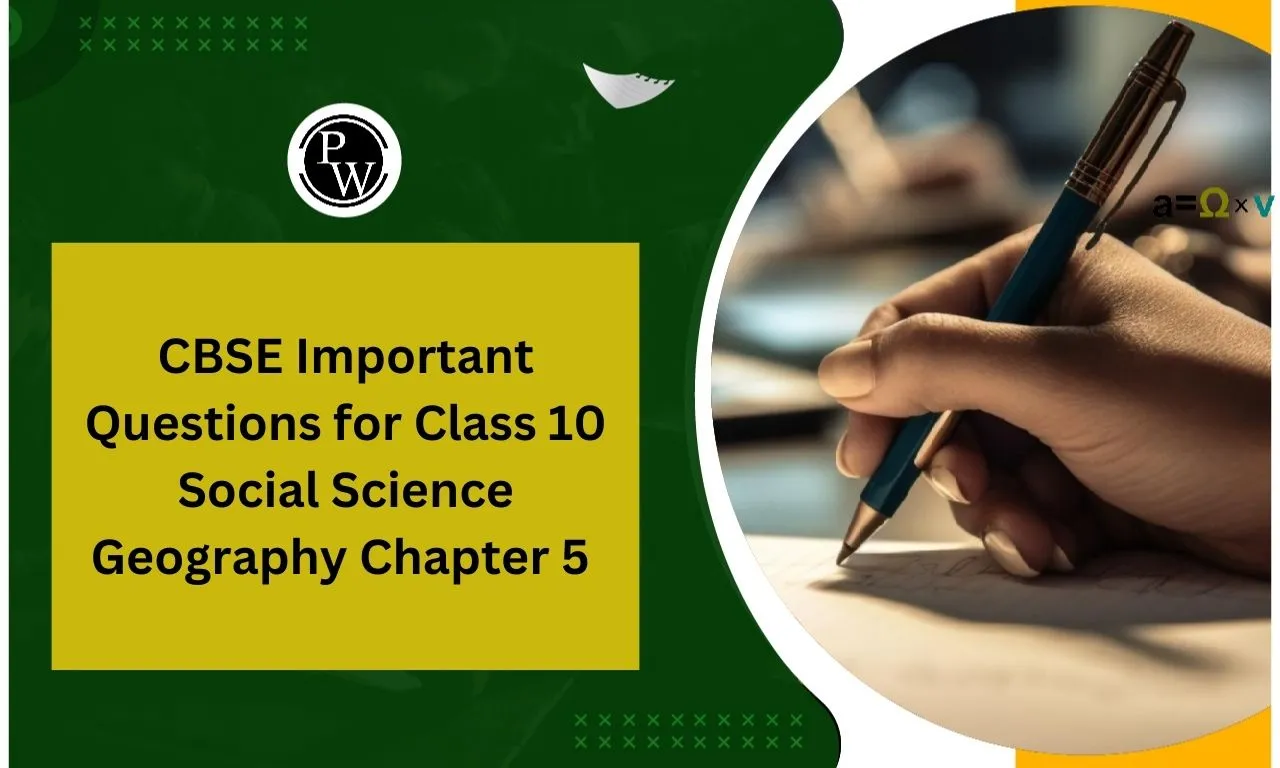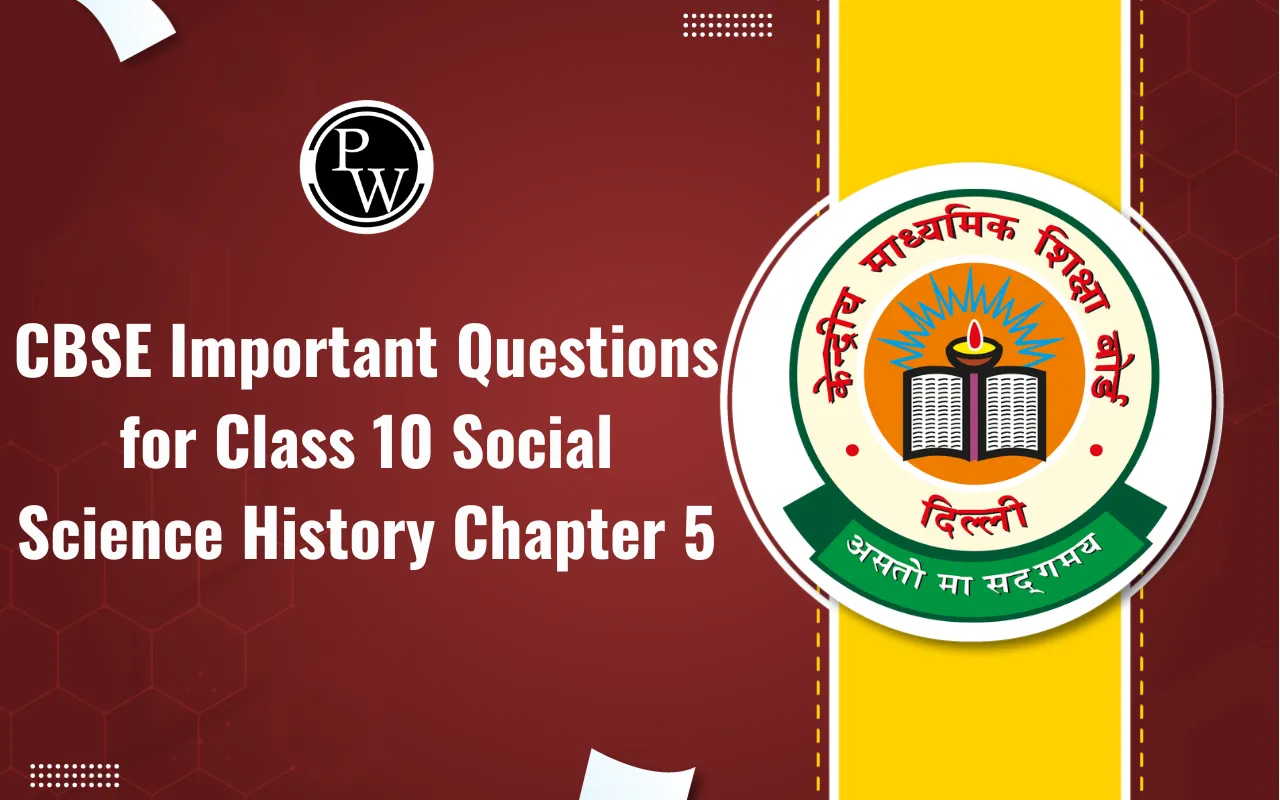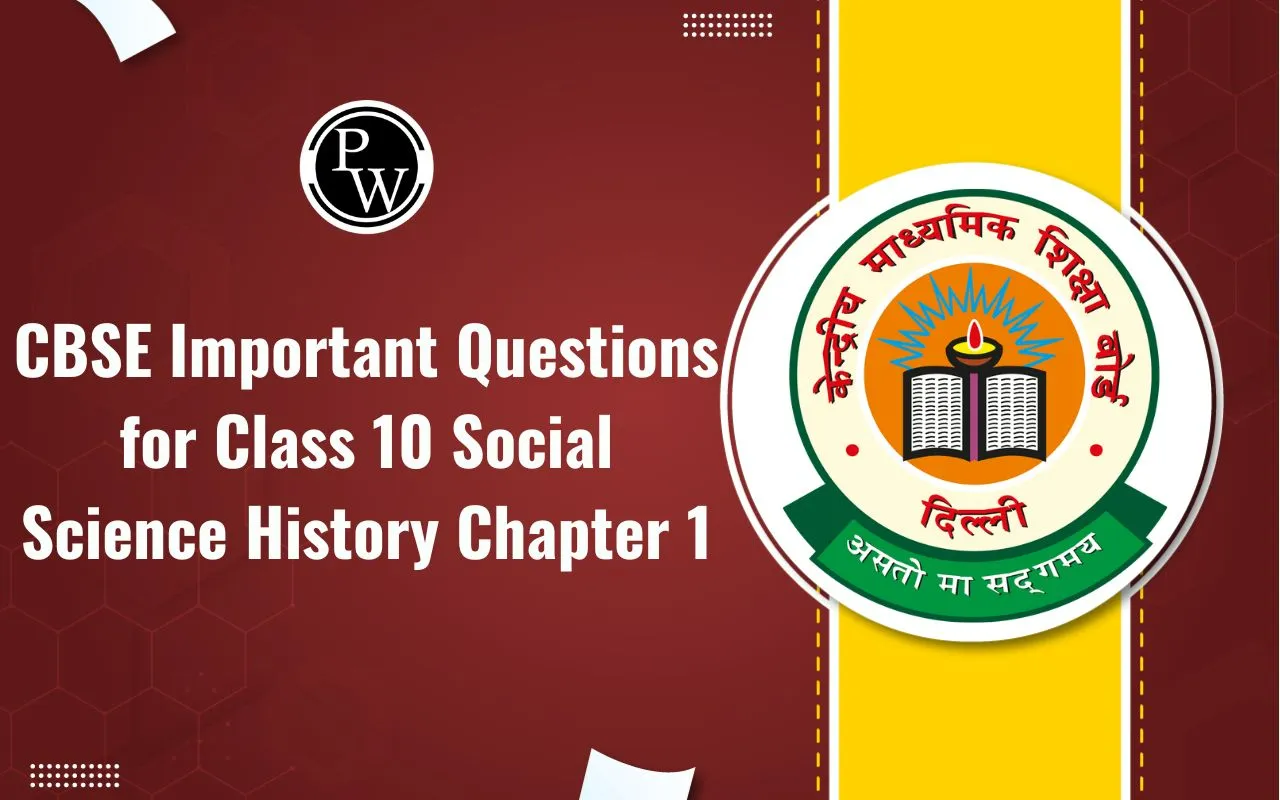
Lakhmir Singh Solutions for Class 10 Biology Chapter 4: Lakhmir Singh's Class 10 Biology solutions for Chapter 4: Heredity and Evolution explain the principles of inheritance, genetic variation, and evolutionary concepts in a simple manner. The chapter covers Mendel’s laws of inheritance, dominant and recessive traits, monohybrid and dihybrid crosses, sex determination, and the role of DNA in heredity.
It also explores evolution through natural selection, speciation, and fossil evidence. The solutions provide detailed explanations, solved examples, and diagrams to help students understand genetic mechanisms and evolutionary processes effectively. These solutions aid in exam preparation by clarifying NCERT-based concepts with step-by-step answers.
Lakhmir Singh Solutions for Class 10 Biology Chapter 4 Overview
Lakhmir Singh's Class 10 Biology Chapter 4: Heredity and Evolution solutions provide a clear understanding of genetic inheritance and evolutionary concepts. This chapter explains Mendel’s laws, dominant-recessive traits, monohybrid and dihybrid crosses, sex determination, and genetic variation, which are crucial in understanding how traits pass from one generation to another.
It also covers Darwin’s theory of evolution, natural selection, speciation, and fossil evidence, highlighting how species evolve. These solutions simplify complex topics with step-by-step answers, diagrams, and examples, making them valuable for exam preparation and conceptual clarity. They also foster interest in genetics and evolution.
Lakhmir Singh Solutions for Class 10 Biology Chapter 4 PDF
Lakhmir Singh's Class 10 Biology Chapter 4: Heredity and Evolution solutions provide a detailed explanation of genetic inheritance and evolutionary concepts, including Mendel’s laws, traits, DNA, natural selection, and speciation. These solutions simplify complex topics with step-by-step answers and diagrams, helping students in exam preparation. Below, we have provided the PDF of the solutions, which you can download for easy access and better understanding.
Lakhmir Singh Solutions for Class 10 Biology Chapter 4 PDF
Lakhmir Singh Solutions for Class 10 Biology Chapter 4 Heredity and Evolution
Below we have provided Lakhmir Singh Solutions for Class 10 Biology Chapter 4 Heredity and Evolution -
1. Which of the processes, sexual reproduction or asexual reproduction, bring about maximum variations in the offsprings?
Answer
In the process of sexual reproduction, maximum variations in the offspring occur.
2. Name one variation in humans connected with ears.
Answer
Free earlobes and attached earlobes are examples of variation in human ears.
3. What constitutes the link between one generation and the next?
Answer
Gametes are the link between one generation and the next. They aid in the transmission of maternal and paternal traits.
4. If the trait A exists in 10% of a population of an asexually reproducing species and a trait B exists in 60% of the same population, which trait is likely to have arisen earlier?
Answer
Trait B is likely to have arisen earlier, due to the greater rate in population.
5. Mendel said that the characteristics or traits of organisms are carried from one generation to the next by internal factors which occur in pairs. What is the modern name for these factors?
Answer
Genes is the modern name of these factors is genes.
6. Some plants occur in one of the two sizes: tall or dwarf. This characteristic is controlled by one pair of genes. Tallness is dominant to dwarfness. Choose suitable letters for this gene pair.
Answer
Let us assume that ‘T’ stands for tall, and ’t’ stands for dwarf. Hence, the gene pair will be Tt.
7. What are the chromosomes XY and XX known as?
Answer
Chromosomes XY and XX are known as sex chromosomes.
8. Which of the two, sperm or ovum, decides the sex of the child?
Answer
The sperm decides the sex of a child.
9. State whether the following statement is true or false:
The sex of an infant is not a case of inheritance of characteristics.
Answer
False
10. A new born child has an XY pair of chromosomes. Will it be a baby boy or a baby girl?
Answer
The child will be a boy.
11. Which of the following combinations of sex chromosomes produce a male child: XX or XY?
Answer
Combination XY of sex chromosomes produces a male child.
12. Name the first scientist who studied the inheritance of traits from one generation to the next.
Answer
Gregor Mendel was the first scientist to investigate how features are passed down from one generation to the next.
13. What type of plants were used by Mendel for conducting his experiments on inheritance?
Answer
Mendel used different varieties of pea plants for conducting his experiments on inheritance.
14. The gene for red hair is recessive to the gene for black hair. What will be the hair colour of a person if he inherits a gene for red hair from his mother and a gene for black hair from his father?
Answer
The hair colour of the person will be black because the gene for red hair is recessive compared to black.
15. What are the four blood groups in humans?
Answer
The four blood groups in humans are A, B, AB and O.
16. Name one reptile in each case where higher incubation temperature leads to the development of: (a) male progeny, (b) female progeny.
Answer
(a) Lizard
(b) Turtle
17. Fill in the following blanks with suitable words:
(a) Genes always work in ___________
(b) In pea plants, the gene for dwarfness is ___________ whereas that for tallness is ___________ .
(c) Most people have ___________ earlobes but some have ___________ earlobes.
(d) A human gamete contains ___________ chromosomes whereas a normal body cell has ___________ chromosomes in it.
(e) All races of man have __________blood groups.
(f) The. ___________chromosomes for a ___________are XX whereas that for a________ are XY.
Answer
(a) Genes always work in pairs.
(b) In pea plants, the gene for dwarfness is recessive, whereas that for tallness is dominant.
(c) Most people have free earlobes but some have attached earlobes.
(d) A human gamete contains 23 chromosomes, whereas a normal body cell has 46 chromosomes in it.
(e) All races of man have different blood groups.
(f) The sex chromosomes for a female are XX, whereas that for a male are XY.
Short Answer Type Questions
18. Which of the following represent tall plants and which represent short plants (or dwarf plants)?
(a) Tt
(b) tt
(c) TT
Give reason for your choice (The symbols have their usual meaning).
Answer
(a) Tt represents tall plants, as T (tall) is dominant gene over recessive gene t (dwarf).
(b) tt represents dwarf plants, as t (dwarf) due to the presence of recessive gene.
(c) TT represents tall plants, as T (tall) due to the presence of dominant gene.
19. A man having blood group O marries a woman having blood group B and they have a daughter. What will be the blood group of the daughter?
Answer
The daughter will have equal chance of having blood group O and blood group B,
20. (a) Name the scientist who gave the laws of inheritance.
(b) Name an animal in which individuals can change sex. What does this indicate?
Answer
(a) Gregor Mendel
(b) Snail is an example of an animal that can change sex. This indicates that sex not determined genetically in some organisms.
21. Explain with an example, how genes control the characteristics (or traits).
Answer
The DNA segment known as genes is responsible for carrying chromosomes and defining an organism's traits.
Assume that a particular plant species has a gene for the trait known as "tallness." The tallness gene instructs the cells of the plant to produce a variety of plant growth hormones, which causes the plant to grow taller. Conversely, a plant with the gene for shortness will release less plant-growth hormones, which will prevent it from growing much and cause it to remain a dwarf plant.
22. (a) State one advantage of variation to a species.
(b) What are sex chromosomes? How many sex chromosomes are there? Name them.
(a) The increase in the chances of the species’ survival in a changing environment is the advantage of variation to a species.
(b) The chromosomes that determine the sex of a person are called sex chromosomes. There are two types of sex chromosomes, the X chromosome and the Y chromosome. XX determines the male and XY determines the female in human beings.
23. Explain how, sex is determined in human babies.
Answer
The X and Y chromosomes are the two varieties of sex chromosomes. The male is identified by XX, and the female by XY. When a person is fertilised, their sex is established. A female will be born if the father's sperm donates an X chromosome during fertilisation. In contrast, the child will be male if chromosome Y is passed on through his sperm.
24. What do the following symbols used in the topic on heredity represent?
(a) TT
(b) tt
(c) XX
(d) XY
Answer
(a) TT represents a tall plant.
(b) tt represents a dwarf plant.
(c) XX represents a female.
(d) XY represents a male.
25. (a) What will you get in the F1 and F2 generations in the following cross?
Pure tall pea plant × Pure dwarf pea plant
(b) It it an example of monohybrid cross or dihybrid cross?
Answer
(a) In the F1 generation, we will get all tall plants. In the F2 generation, we will get tall and dwarf plants in the ratio 3:1.
(b) It is an example of monohybrid cross, as only one character (i.e., plant height) is considered for crossing.
26. In the F2 generation of a cross, progeny having different traits are produced in the ratio 3:1. State whether it is a monohybrid cross or a dihybrid cross? Give one example of such a cross.
Answer
A monohybrid cross is the specified condition. All tall pea plants (with genotype Tt) are produced in the F1 generation when a tall pea plant (TT) is crossed with a dwarf pea plant (tt). If these tall plants (Tt) self-cross, the ratio of tall to dwarf plants in the F2 generation will be 3:1.
27. (a) What is the genotype of dwarf plants which always produced dwarf offspring?
(b) What is the genotype of tall plants which always produced tall offspring?
(c) What is the genotype of (i) dwarf plants, and (ii) tall plants, whose parental cross always produces tall offspring?
Answer
(a) The genotype of dwarf plants which always produces a dwarf offspring is tt.
(b) The genotype of tall plants which always produces a tall offspring is TT.
(c) (i) The genotype of dwarf plants is tt
(ii) The genotype of tall plants is TT. The parental cross of (ii) always produces a tall offspring.
28. (a) If a normal human cell has 46 chromosomes, how many chromosomes will be there in a human (i) sperm cell, and (ii) zygote?
(b) What sizes of plants are produced if both parents have genes Tt?
Answer
(a) (i) The number of chromosomes present in it will be 23 as the sperm cell will have half the number of chromosomes than present in a normal cell.
(ii) The number of chromosomes present in it will be 46 as the number of chromosomes in a zygote will be same as present in a normal cell.
(b) Tall and dwarf plants will be produced in the ratio 3:1.
Benefits of Using Lakhmir Singh Solutions for Class 10 Biology Chapter 4
Conceptual Clarity – Provides detailed explanations of Mendel’s laws, inheritance, genetic variation, and evolution, making learning easier.
Step-by-Step Solutions – Answers are structured logically, ensuring better understanding and retention.
Exam-Oriented – Solutions are aligned with the NCERT syllabus, covering key questions that frequently appear in exams.
Easy-to-Understand Language – Uses simple language and diagrams to explain complex biological concepts.
Time-Saving Resource – Helps students revise quickly and efficiently, improving performance in exams.
Application-Based Learning – Encourages critical thinking by relating concepts to real-life examples.
Lakhmir Singh Solutions for Class 10 Biology Chapter 4 FAQs
What is heredity?
What is evolution?
Who is the father of genetics?

